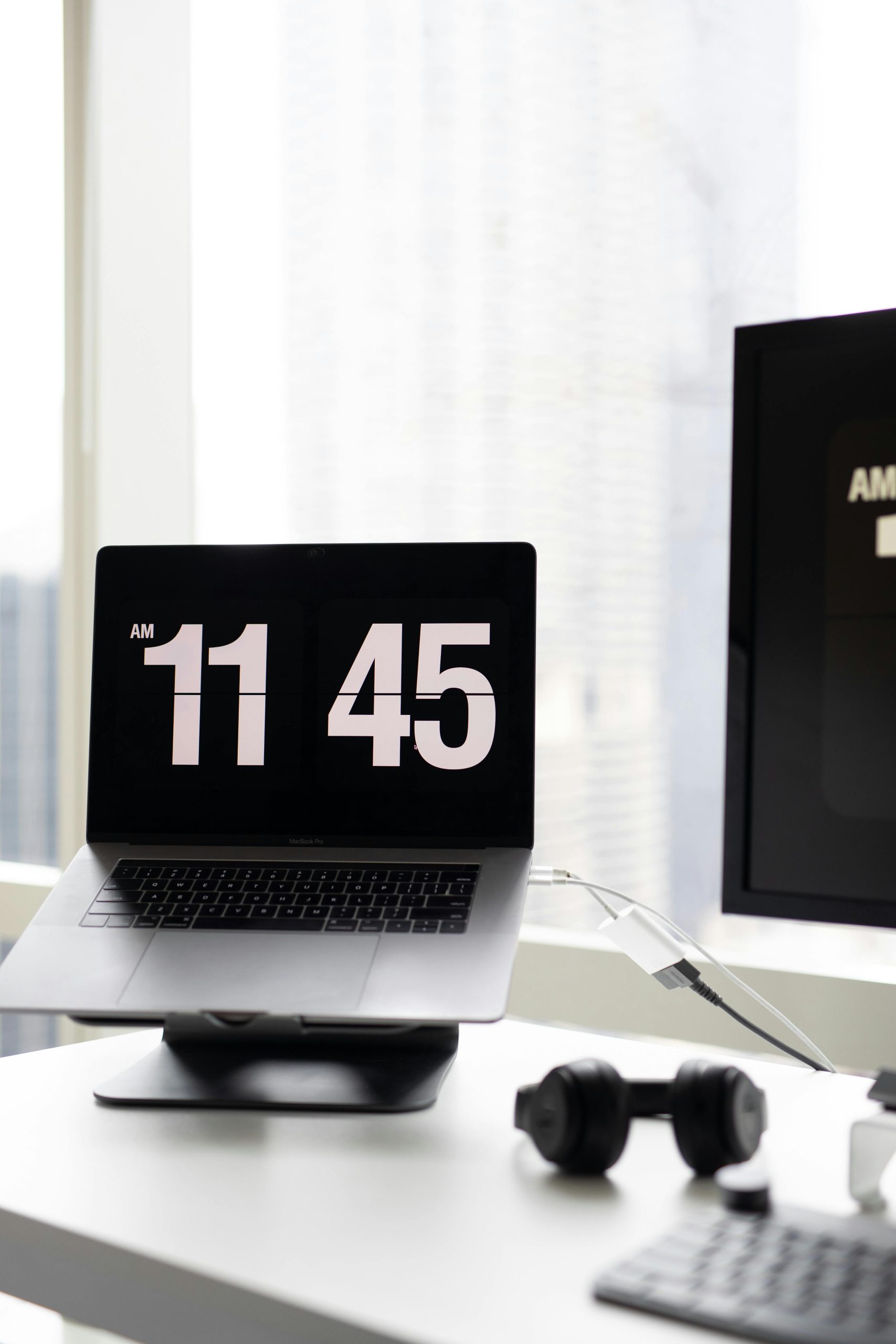A Beginner’s Guide to Installing Windows from a USB Drive
Are you considering a fresh start with a legitimate installation of Windows on your PC? You’re not alone, and you’re definitely not a “dumbass” for wanting to make a change. After three years of using your computer without a genuine Windows operating system, you’re ready to take the plunge into a cleaner, more stable environment. Here’s a straightforward guide to help you with the process of installing Windows via a USB drive.
Why You Should Transition to a Genuine Version of Windows
Using a pirated version of Windows may seem convenient, especially if you enjoyed features like customizing your wallpaper and using various applications. However, these versions often come with limitations and can lead to unexpected issues down the line. By investing in an authentic copy of Windows, not only do you gain access to official support and updates, but you also eliminate those pesky problems that might arise from a non-genuine version.
Preparing for the Installation
-
Purchase Windows: The first step is to buy a legitimate copy of Windows. You can find it on Microsoft’s official website or through authorized retailers. Be sure to receive a valid product key for activation.
-
Create a Bootable USB Drive: You’ll need a USB flash drive with at least 8GB of storage space. To create a bootable drive:
- Download the Windows Media Creation Tool from Microsoft’s website.
- Run the tool and select “Create installation media (USB flash drive, DVD, or ISO file)”.
- Follow the prompts to download and create a bootable USB drive.
Installing Windows
With your USB drive ready, it’s time to install Windows on your PC. Here’s how:
-
Insert the USB Drive: Plug the bootable USB flash drive into your computer.
-
Access the BIOS: Restart your computer and enter the BIOS by pressing the appropriate key during boot-up (usually F2, F12, DEL, or ESC, depending on your motherboard).
-
Select Boot Options: In the BIOS menu, navigate to the boot options and set the USB drive as the primary boot device. Save the changes before exiting the BIOS.
-
Install Windows: Your computer will reboot and start from the USB drive. Follow the on-screen instructions to install Windows. You can choose to erase everything on your computer for a clean installation. Just make sure you’ve backed up any important data first, as this process will
Share this content:



